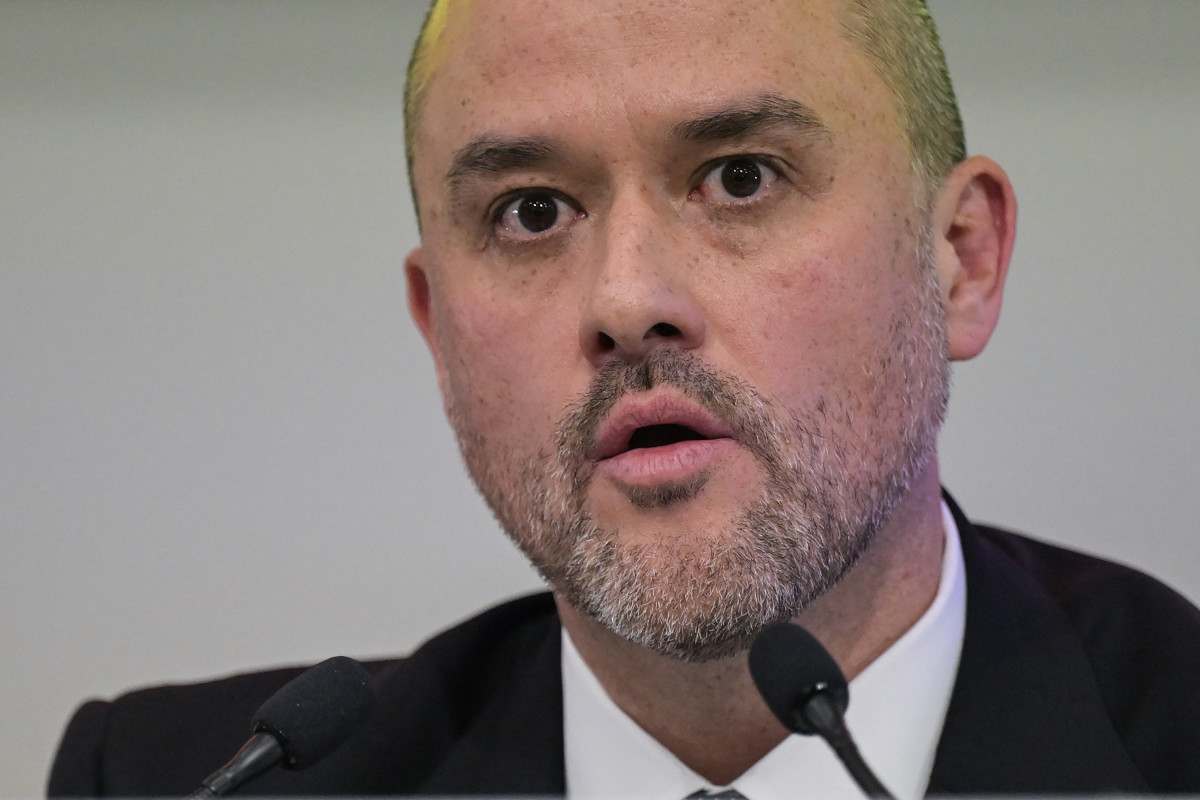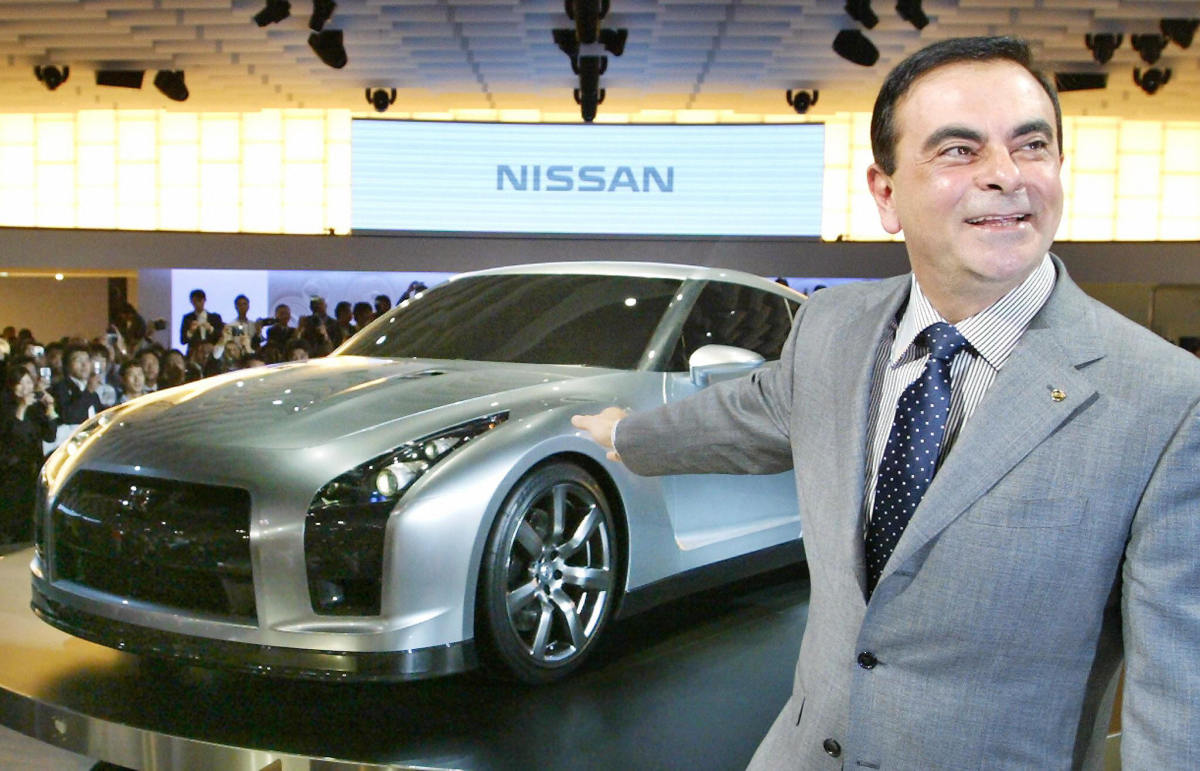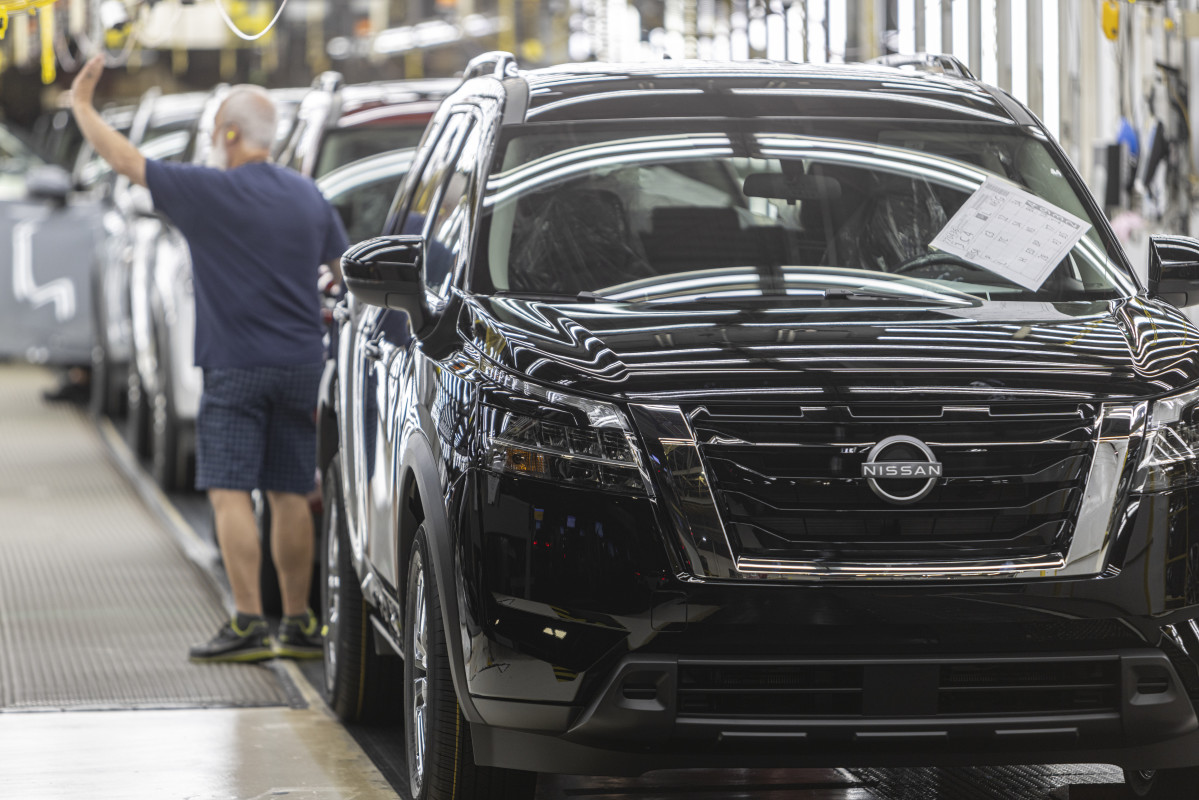Nissan Gears Up for Change

Nissan, the Japanese automaker, is revving up for a significant overhaul under its new leadership. Ivan Espinosa, the newly appointed CEO, laid out a daring turnaround strategy called Re:Nissan. This plan, announced in May during a presentation of the 2024-2025 fiscal year results, is laser-focused on consolidating Nissan’s assets. The goal is clear: streamline operations and position Nissan for a sustainable future.
Tough Choices

Espinosa’s blueprint for Nissan’s revival involves making some tough, albeit necessary, decisions. Among the key actions are additional job cuts impacting 10,000 employees, on top of previously announced reductions, and shutting down seven assembly plants globally. These steps are part of a strategy to scale down from 17 to 10 production facilities by the close of the 2027-2028 fiscal year, aiming to sustain a vehicle output of 2.5 to 3 million units annually.
This downsizing has sparked significant concern, but Espinosa insists it’s essential for Nissan’s survival. In remarks made in Yokohama, Japan, he expressed the gravity of these strategic moves and their importance in rejuvenating the company, boldly stating that Nissan needs to be faster and more decisive.
Future plans include cooperative efforts with Mitsubishi and Honda, exploring joint U.S. manufacturing initiatives to bolster efficiency. Although the task is daunting, Espinosa remains optimistic about these decisive steps.
Critic’s View

In the midst of these bold changes, former CEO Carlos Ghosn has openly criticized the company, labeling its current state as desperate. Nissan experienced a significant financial blow in the 2024-2025 fiscal year, posting a net loss of approximately $4.48 billion and an 88% drop in operating profit, along with a global sales decline of 2.8%. Ghosn attributes the company’s woes to managerial failures, claiming Nissan’s leadership is slow in making critical decisions.
His comments underscore the challenges Nissan faces in a rapidly evolving global auto industry. Despite these criticisms, the focus remains on strategic partnerships to carve out a sustainable path forward.
Facing Tariffs
Nissan is also navigating the complexities of a global trade environment fraught with tariffs and levies introduced by the Trump Administration. The automaker refrained from issuing an earnings outlook for the 2025-2026 year, citing an anticipated impact of about $3.04 billion in tariff costs. This challenge adds pressure to an already strained Nissan, which imports numerous vehicles into the U.S. from its plants in Japan and Mexico.
Efforts to bolster stateside production include maintaining a two-shift operation at the Smyrna, Tennessee facility to churn out U.S.-made Rogues. Discussions with Honda on utilizing U.S. manufacturing plants exemplify Nissan’s adaptive strategy in this challenging climate.
Final Thoughts
Nissan’s journey towards regaining momentum is fraught with challenges and an intricate web of decisions. Espinosa’s leadership reflects a youthful enthusiasm coupled with an urgency for action. As Nissan races against time, the interplay of global dynamics and internal restructuring will determine whether the company triumphs. It’s like watching a classic underdog story unfold—relentless and unpredictable.
Opel Mokka Goes EV
Skoda's Electric Ride
Rare Audi RS4 Up for Bids
AMG CLA Unveiled
Honda Faces Tariff Hit